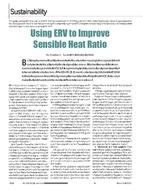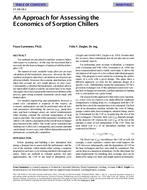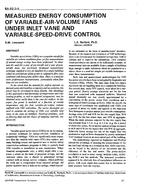The air conditioning industry is continuously improving the energy efficiency of their manufactured units. Energy efficiency of used Air Conditioners (AC) can be improved by adopting remanufacturing. Remanufacturing is considered as a preferable recovery option; it brings the end of life product to a like-new state. Remanufacturing saves resources, reduce environmental impacts and incorporate new improvements into recovered products. The objective of this paper is to analyze the environmental performance of remanufacturing initiative in air conditioning industry. Window-type AC is selected as a case study to verify the environmental benefits of remanufacturing; the product characterized by high energy consumption during the use phase in its lifecycle. Lifecycle approach has been followed. Lifecycle phases of remanufactured AC are identified. The assessment is conducted with the guidance of ISO 14044 -2006 Life Cycle Assessment (LCA). An approach is adopted to evaluate selected five environmental impact categories. The developed lifecycle models can be utilized to help AC manufacturers make decisions about AC remanufacturing as well as the overall environmental performance of their products.
Citation: Second International Conference on Energy and Indoor Environment for Hot Climates, Doha, Qatar, February 2017
Product Details
- Published:
- 2017
- Number of Pages:
- 7
- Units of Measure:
- Dual
- File Size:
- 1 file , 610 KB
- Product Code(s):
- D-HCC17-11


